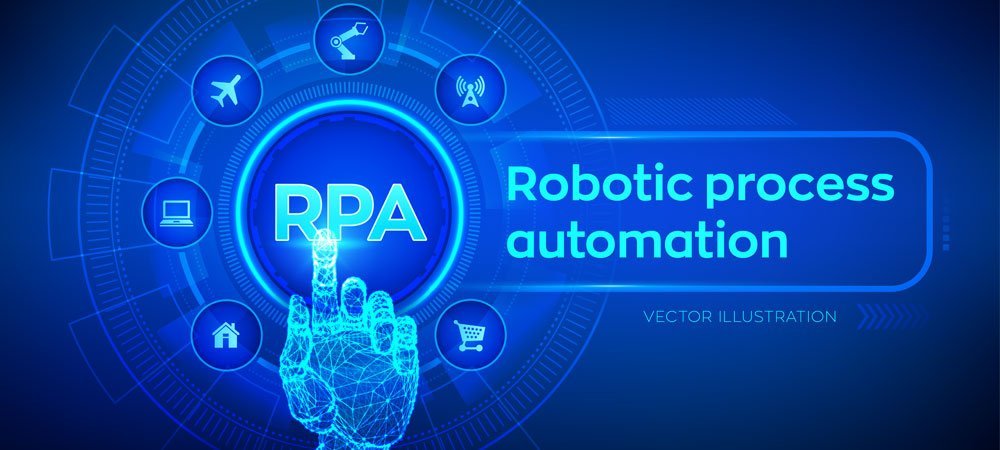Business Process Intelligence


Process optimization paves the way from RPA to hyperautomation
Signavio, provider of business process transformation solutions, highlights the importance of a business process intelligence solution for process improvement. Any automation - be it RPA (Robotic Process Automation) or hyperautomation - ultimately targets entire processes rather than individual tasks. This means that the process must be at the center of every automation initiative. Automation solutions always unfold their greatest benefits only in combination with process improvements. They are a basic prerequisite, because pure automation of suboptimal processes can hardly achieve the desired result.
An inefficient process remains inefficient even when automated. If the processes are faulty, in the worst case, these errors are implemented even faster. So the be-all and end-all for RPA or hyperautomation success is: optimize first, then automate. It is crucial to automate on the right basis, i.e. on the basis of optimal processes. Smooth processes are the prerequisite for achieving the targeted successes, achieving the desired added value, and avoiding additional costs.
A Business Process Intelligence (BPI) solution is required to optimize processes. A BPI solution supports the analysis, improvement and monitoring of processes. With RPA software, simple manual or standardized processes can be automated. It mainly concerns repetitive, rule-based activities. The most common variants are Attended and Unattended RPA bots. Attended RPA runs on the desktop PC. The bot acts as a software assistant for the human user and interacts with a desktop application. With Unattended RPA, processes can be automated from start to finish by using bots installed in server clusters. Here, autonomous software bots work independently at the core of an information system.
Hyperautomation goes far beyond the possibilities of a pure RPA application - in the direction of intelligent process automation. It is precisely such intelligent process automation that requires seamless integration with a BPI solution. After all, hyperautomation always means end-to-end business process transformation. And for this, the classic BPI components such as analysis, design and modeling, simulation, change management or monitoring are indispensable.





